What is the Ideal Humidity for Parrots? Humidity level you should use
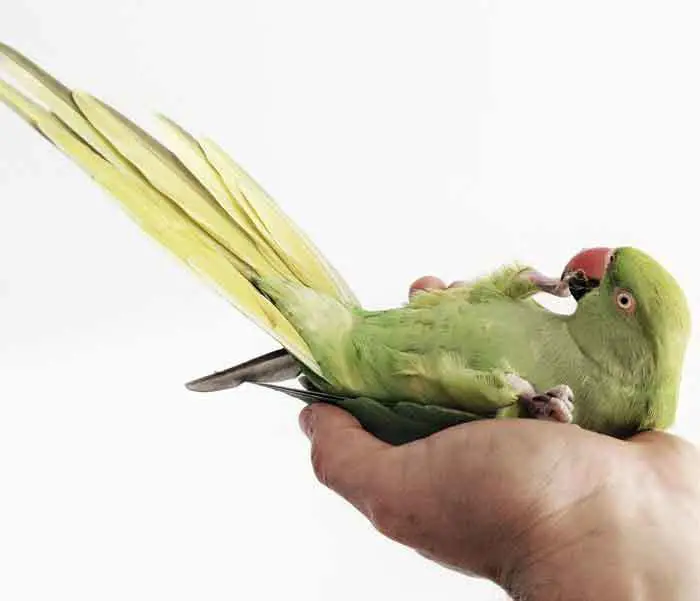
We love our pet birds! And we already know that keeping them warm is important for their health.
However, birds kept indoors also need proper humidity to avoid dry skin, brittle feathers, and trouble with breathing.
Parrots typically come from the tropics, which are hot and humid. In our houses and out of their natural habitats, heaters typically dry out the air, causing a stressful change in their environment.
This is especially so if you’re living in the Northern Hemisphere where sudden drops in temperature during winter can cause a lot of problems for your parrot.
So, what is the ideal humidity for parrots?
More...
The Bottom Line:
Parrot Types
There are hundreds of parrot species and each has its own quirks and are roughly grouped in three families:
Cockatoos
Cockatoos hail from Oceania, meaning Australia and southeast Asia, with the most common pet species being the Cockatiel.
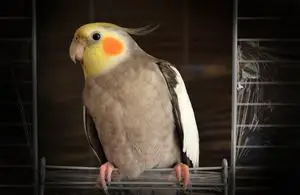
True parrots
True parrots are the most diverse group, found in Oceania but also throughout South and Central America and Africa. The most common true parrot kept as a pet is parakeet (budgie).
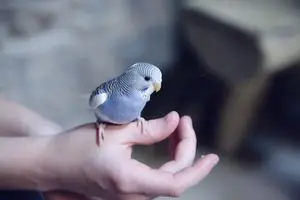
New Zealand parrots
This family consist of only three species (kea, kaka and kakapo) found on New Zealand and neighboring islands, all of which are endangered species.

Ideal Humidity for Parrot Health
Proper humidity plays an important role in maintaining the parrot’s health. This is because parrots don’t have sweat glands and are reliant on outside conditions to stay comfortable.
When the air is humid enough, parrots preen themselves, show curiosity, play with toys, and move around.
However, if the humidity is wrong, your parrot may show signs of discomfort and slowly start getting sick.

Hence, the moment you notice your parrot exhibiting unusual behavior is when you should start checking on it more often, as it may mean something in its environment is missing.
Typically, the ideal humidity for a parrot is between 50 and 70% at an ideal temperature of between 70 to 80°F (21 to 27°C).
While parrots can be drama queens just wanting attention, too high or too low a humidity in the environment can lead to behavior such as obsessive plucking of its own feathers or destruction of toys.
So, what can you do to?
Tips on How to Care for a Parrot
Just like with temperature, parrots can handle higher humidity more easily than lower one. However, when the humidity is poor, some things you can do for your pet parrot include:
Now lets look at tips for some common household parrot species!
Cockatoos - Cockatiel humidity
In the wild, cockatiels live in semi-dry environments and most commonly nest around water.
Cockatiels typically enjoy shallow bowl of warm water as a bath every 2-3 days (which can be achieved by using a spray bottle with warm tap water as well).
However, if yours isn’t used to bathing, don’t force the process and look at other means such as the air conditioning.
Air conditioning also dries out the air, which can be harmful for your cockatiel. Hence, make sure the AC unit isn’t blasting directly at your bird or in its general direction.
True parrots - Parakeet humidity
Wild parakeets usually live in hot, dry deserts, surviving by finding cool shaded spots as well as water to bathe in.
An issue faced by these birds are that they are prone to respiratory problems when humidity gets too low.
These problems include bubbly, wheezing, or clicking noises during breathing, snot coming out of nostrils, beaks held open to breathe, and tails moving up and down with each breath.
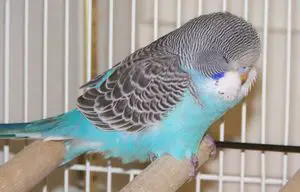
Use a vaporizer, humidifier or create steam, in the house, in some other way to make a parakeet's life easier.
Parakeets can also fluff up their feathers if they’re feeling cold or spread out their wings if they’re feeling too hot.
The former can make you think they’re ill and the latter that they’re aggressive.
A parakeet can also get cracked feet or noses when the humidity drops too low!
In terms of humidity level, parakeets enjoy 60-70% humidity, which might be too much for humans. Thankfully a compromise of 50% typically works for them too.
A humidifier can help achieve this and humidifier experts for bird care recommend a warm mist humidifier rather than a cool mist one as it sends out more heat.
Humidity is important for breeding parrots too!
- Parrot eggs can hatch in a nest-box with little regard for humidity but fledging them in a brooder will require tightly controlled temperature and humidity.
- During incubation, parrot eggs will require 35-45% humidity but 65% or more during hatching.
- Parrot eggs lose moisture through evaporation at about 16% by the end of incubation, which is usually 21 days.
- Egg shells that are too dry will be leathery and the chick won’t be able to break through it.
- Hence, weigh the eggs on a daily basis, plot their weight, and adjust the humidity accordingly for the chicks to hatch.
Conclusion: What is the Ideal Humidity for Parrots?
The ideal humidity for parrots is between 50-70%. Moreover, the ideal temperature is between 70 and 80°F.
For homes, a level of 50% should suit both you and your beloved parrot well.
Parrots are used to living in the wild, where they find shade, bodies of water and migrate as the weather changes.
As a pet, a parrot has no choice but to live under whatever environment you are in, and if you do nothing about it, it can jeopardize your beloved parrot’s health.
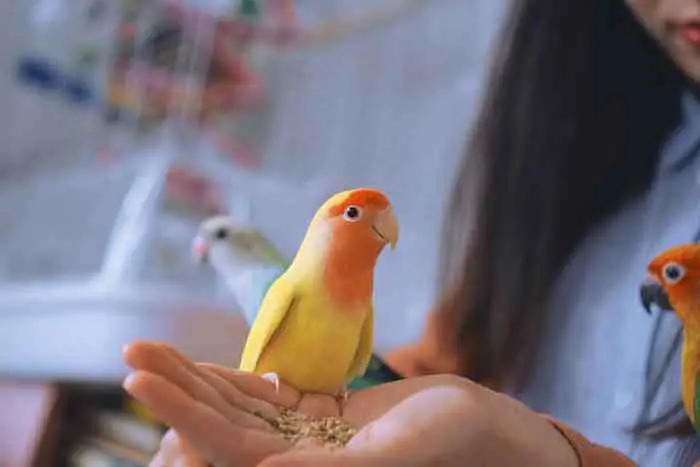
Moreover, the smaller they are, the more fragile their bodies and the more sensitive they are to sudden changes.
If you choose a humidity level that doesn’t suit the parrot, it will show signs of distress depending on how sensitive it is.
Parrots are most sensitive to sudden changes in humidity but they can adapt if you slowly change their environment and leave them enough ways to moisten themselves throughout the day.
The easiest way to notice if the humidity is good enough for your parrot is to observe its health and behavior.
If you choose a humidity level that doesn’t suit the parrot, it will show signs of distress depending on how sensitive it is.
Parrots are most sensitive to sudden changes in humidity but they can adapt if you slowly change their environment and leave them enough ways to moisten themselves throughout the day.
Each bird has its own personality and react differently to different issues.
Hence, pay attention to your parrot’s behavior and schedule regular visits with the vet as healthy parrots can better endure sudden changes in the environment.

